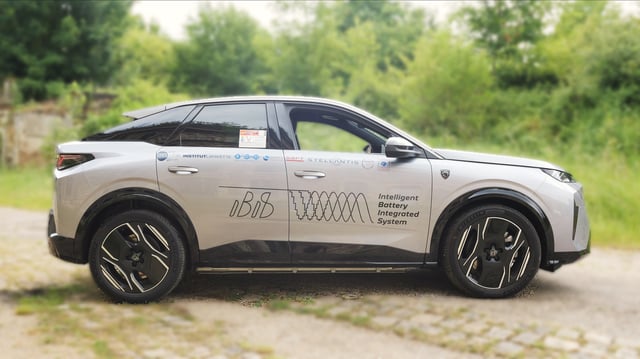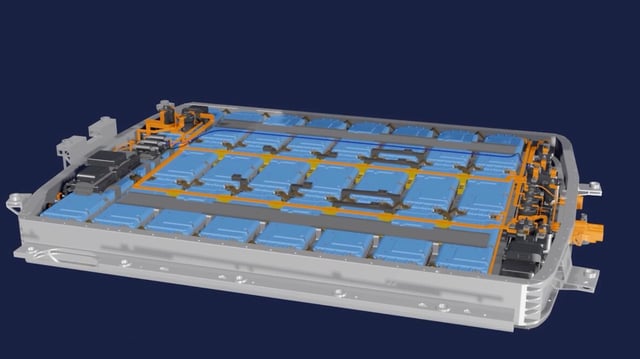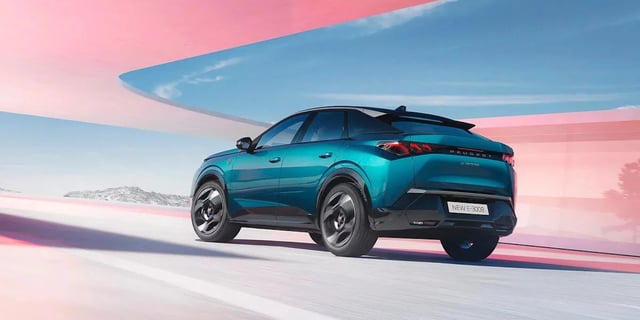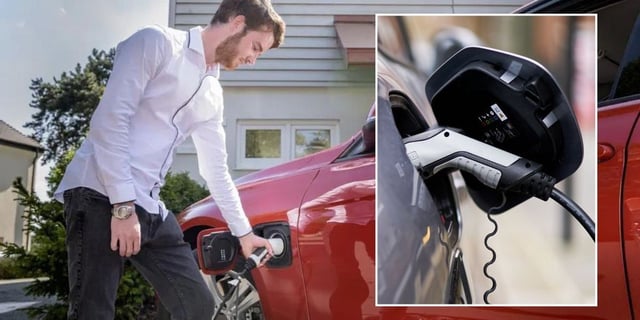Overview
- Early on-road results show about 10% lower energy use on WLTC, 15% higher peak power (172 kW vs 150 kW), roughly 40 kg less mass, and up to 17 liters of freed space.
- Embedding charger and inverter functions inside the pack cuts conversion losses and simplifies packaging, trimming AC home charging time by about 15% (seven to six hours at 7 kW).
- The architecture groups cells with H-bridge electronics to generate three-phase AC locally, replacing a central inverter and enabling finer software control of modules.
- Stellantis says the design could accommodate mixed chemistries and ease module replacement and second-life reuse, though high-power AC charging concepts (up to ~200 kW) require new plugs and standards.
- The multi-partner project with Saft and French research institutions has moved to real-world testing, with further demonstrations planned and a potential—but undecided—production timeline targeted by decade’s end.



